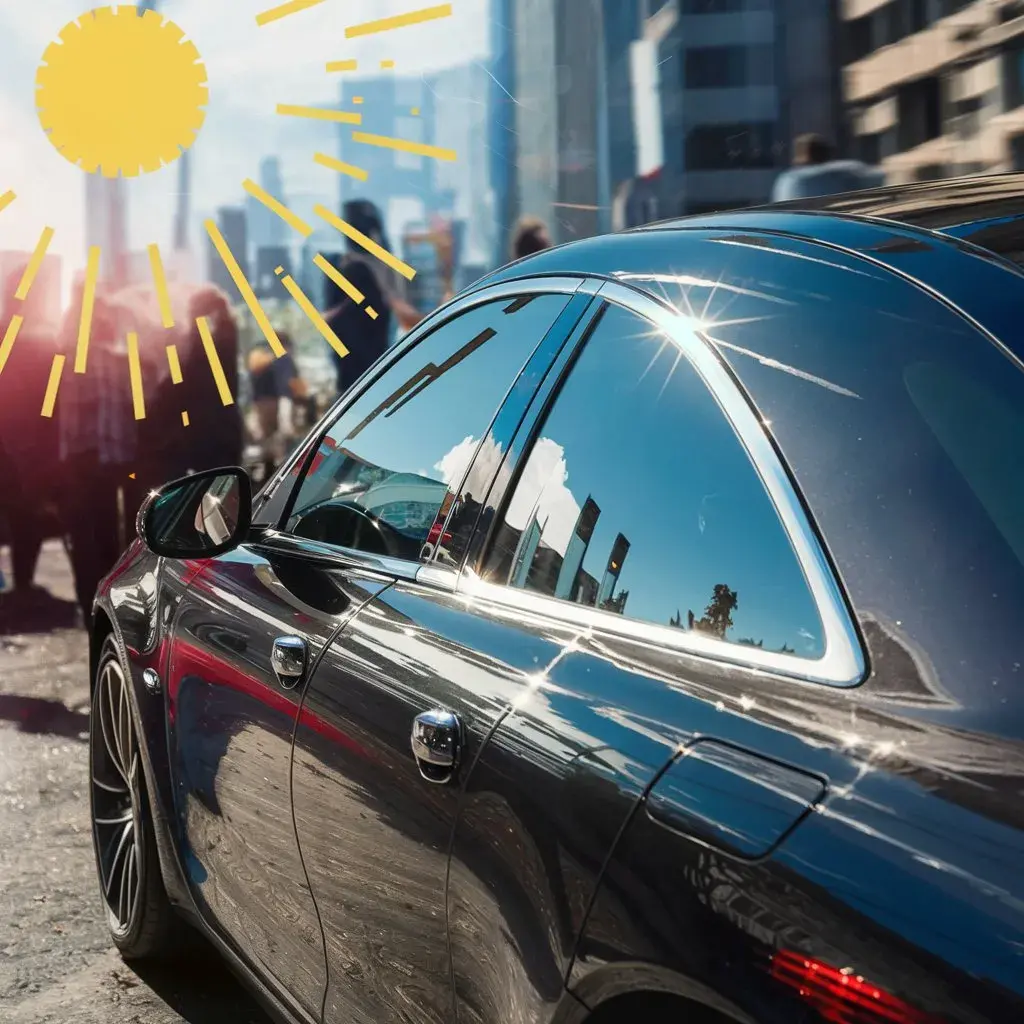Auto Window Tinting Revealed: Understanding VLT, UV Protection, and More

Just as a pair of sunglasses can improve your vision on a sunny day, auto window tinting can enhance your driving experience. But it’s not as simple as it might seem. You’ve likely heard terms such as Visible Light Transmission (VLT) and UV protection thrown around, but what do they actually mean, and why are they important?
Well, you’re about to find out. Tinting your car windows isn’t just about aesthetics or privacy, it’s also about safety and comfort. However, there’s a surprising amount of science and regulation involved, which we’ll explore together. By the end of this, you’ll understand why that percentage on your tint isn’t just a number, but a key indicator of how well your windows perform under various conditions.
And we’ve only just scratched the surface…
Understanding Visible Light Transmission (VLT)
When considering auto window tinting, it’s essential to understand Visible Light Transmission (VLT), which refers to the amount of light in the visible part of the spectrum that passes through the window tint film. You’re part of a community that values comfort and privacy, and knowing the VLT percentage is key to achieving that.
A lower VLT percentage means less light passes through, providing a darker tint. Conversely, a higher percentage allows more light in, resulting in a lighter tint. It’s vital to choose a VLT percentage based on your specific needs and local laws, as they vary.
As you navigate your tinting options, remember, you’re not alone in this journey. We’re here to guide you, ensuring your choice enhances your driving experience while adhering to regulations.
The Importance of UV Protection
Beyond selecting the perfect VLT for your vehicle’s windows, it’s crucial to consider the UV protection the tint offers, as this feature significantly impacts both your health and the longevity of your car’s interior.
When you prioritize UV protection, you essentially protect yourself and your car in numerous ways, such as:
- Reducing your risk of skin cancer and other harmful health effects caused by prolonged UV exposure
- Preserving the integrity of your car’s interior, preventing fading and cracking of the upholstery
- Enhancing the comfort of your ride by reducing excessive heat build-up
- Minimizing distracting glare that can negatively affect your driving experience